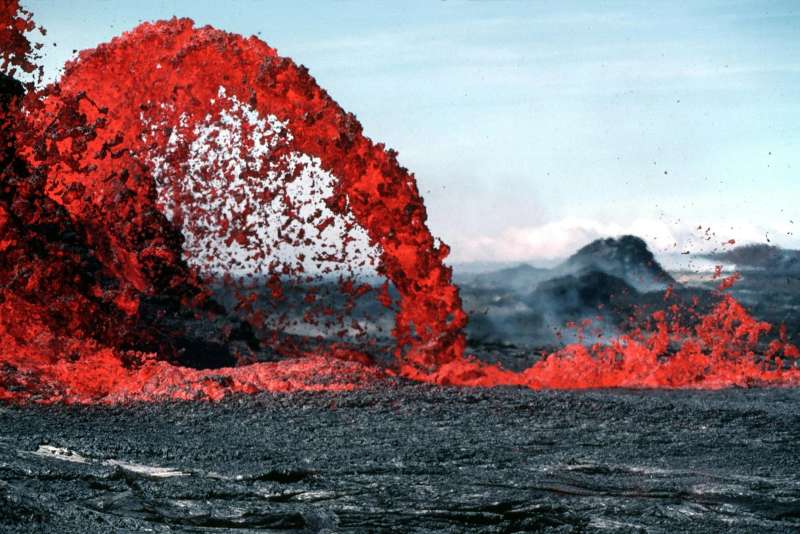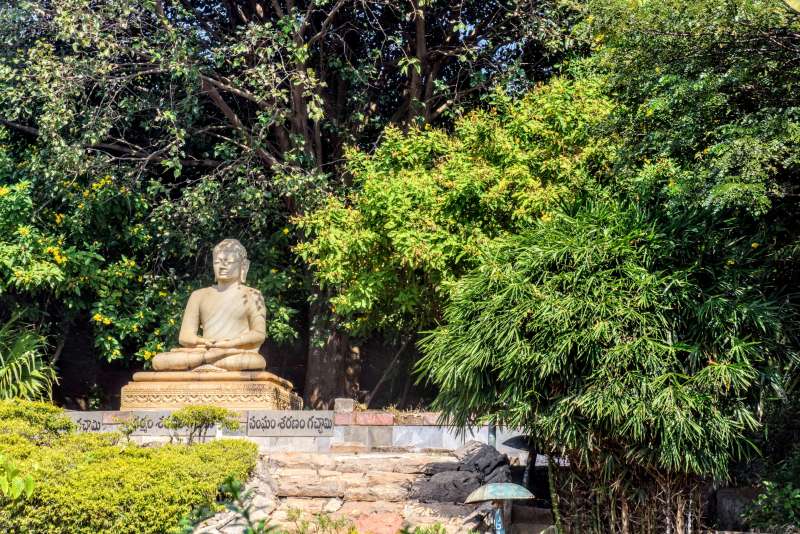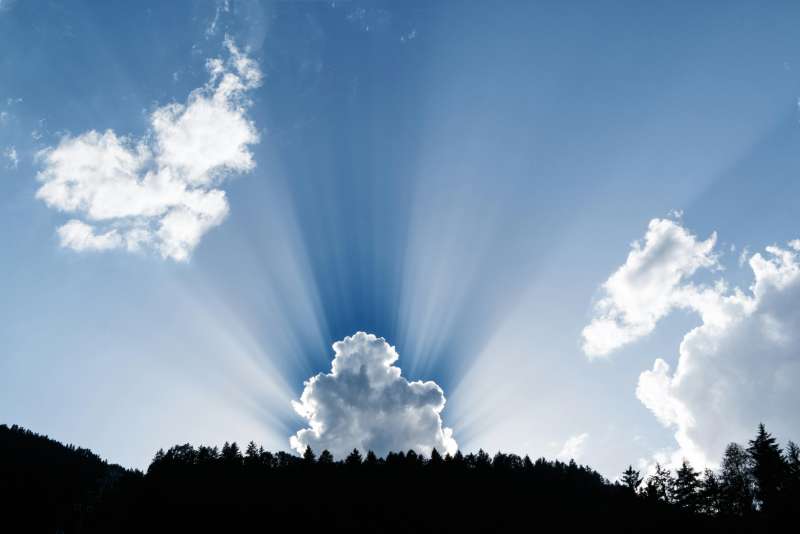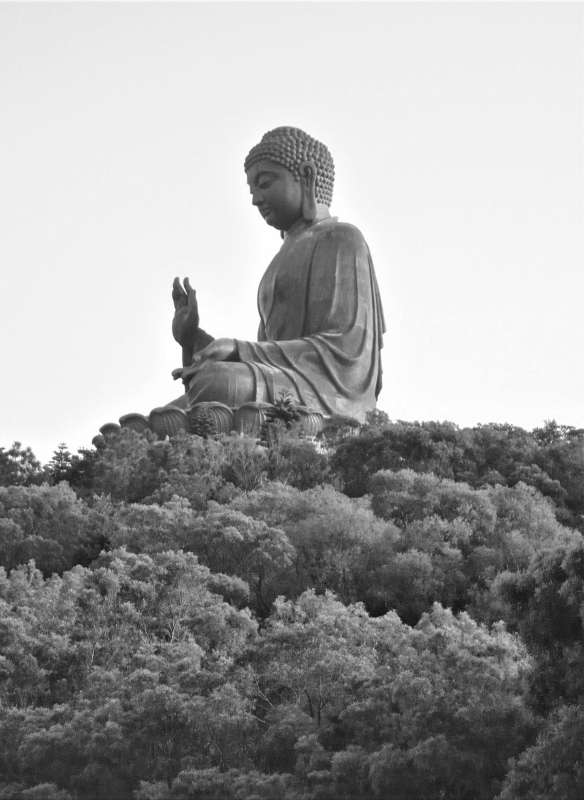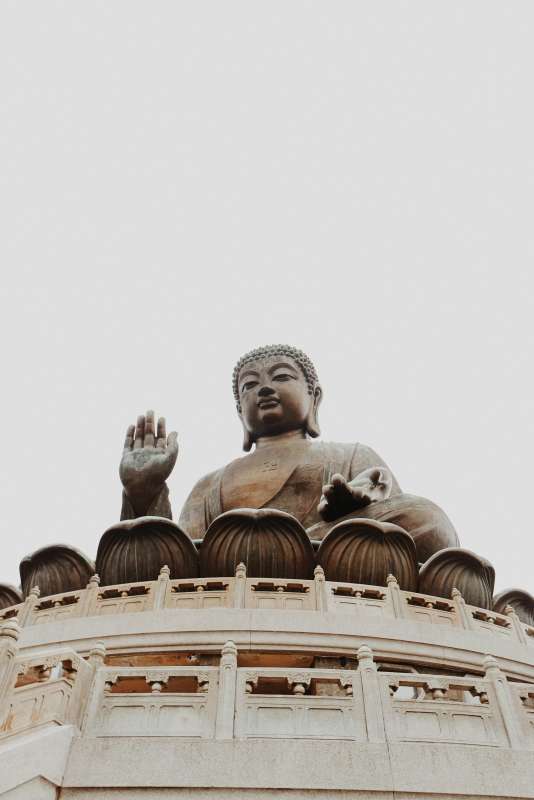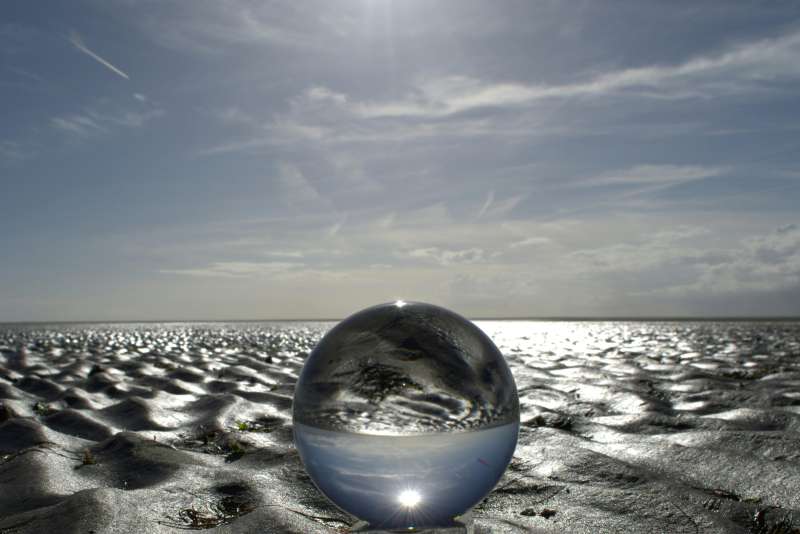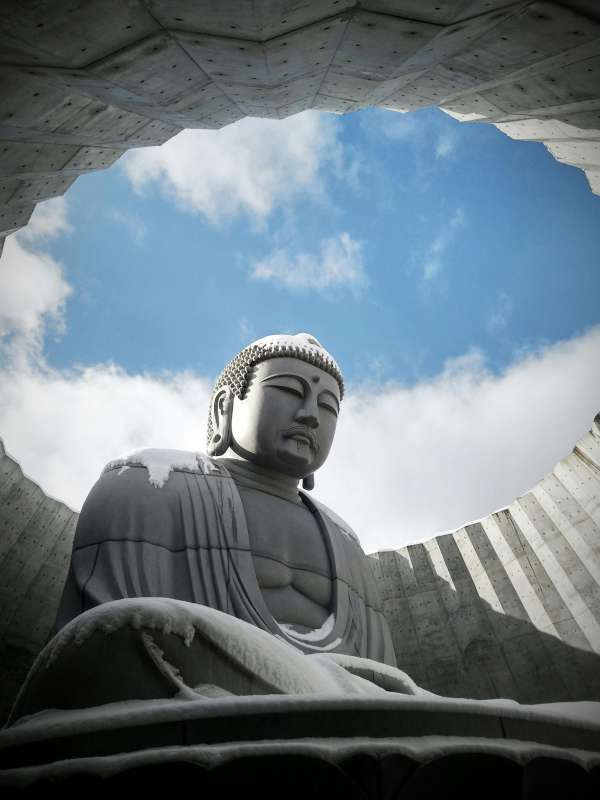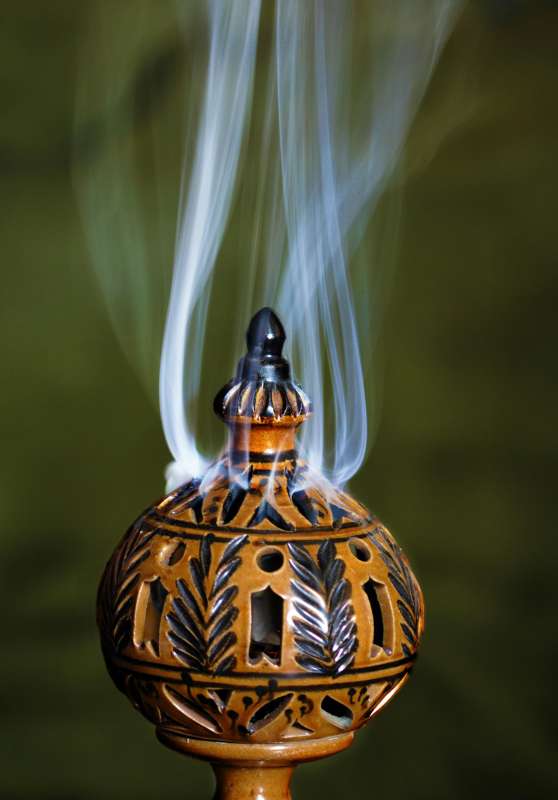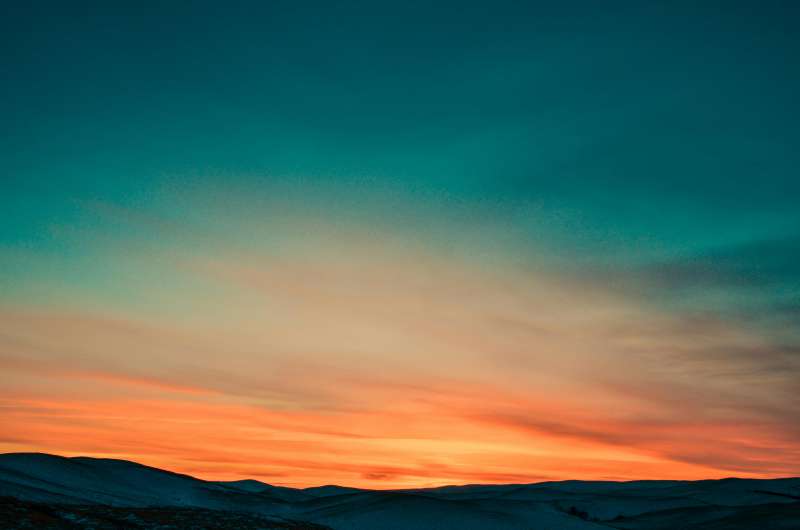The Catastrophic Eruption of Krakatoa in 1883: The Sound That Shocked the World
Published on: May 9, 2025
The Day the World Trembled: Krakatoa Before the Eruption
In the heart of the Sunda Strait, nestled between the islands of Java and Sumatra, stood the volcanic island of Krakatoa. For centuries, it had been a mysterious presence—a rugged, forested island with a reputation for occasional rumblings and minor eruptions. But nothing in recorded history had prepared the world for what would unfold in the late summer of 1883. At the time, the Dutch East Indies, as Indonesia was then known, was a colony bustling with trade, plantations, and a rapidly growing population. The villages along the coasts of Java and Sumatra thrived, their people largely unaware of the ticking time bomb in their midst. Krakatoa had erupted before, most notably in 1680, but the memory of that event had faded. By the early 1880s, the volcano had been largely quiet, its slopes covered in lush tropical vegetation, home to birds and animals, and even a few intrepid settlers. The local population respected the volcano, but few feared it. The world, too, was largely oblivious to Krakatoa’s potential for devastation. The 19th century was an era of scientific curiosity, and Krakatoa had attracted the attention of geologists and naturalists, some of whom made periodic visits to collect samples or observe minor volcanic activity. Yet, no one suspected that Krakatoa was on the verge of making history in the most terrifying way imaginable.
May 1883: The First Signs of Unrest
In May 1883, the first ominous signs appeared. Fishermen and coastal villagers began to notice unusual clouds rising above Krakatoa, dark and foreboding, tinged with red at sunset. The air was tinged with the acrid smell of sulfur. Ships passing through the Sunda Strait reported columns of ash and steam shooting into the sky. The Dutch colonial authorities took notice, sending scientists to investigate. Among them was Rogier Verbeek, a geologist whose meticulous observations would become invaluable for later generations. Over the next few weeks, the eruptions grew more frequent and intense. Ash began to fall on the surrounding islands, coating crops and choking rivers. The skies darkened, and the sunsets took on eerie hues of purple and crimson. Despite the growing unease, life went on. Traders continued to ply their routes, and villagers tended their fields. The warnings were there, but few recognized them for what they were: the prelude to disaster.
August 1883: The Cataclysm Unleashed
As August approached, Krakatoa’s activity reached a fever pitch. On August 26, the volcano entered a paroxysmal phase, unleashing a series of massive explosions that rattled windows over 160 kilometers away. But it was on the morning of August 27 that the true horror unfolded. At precisely 10:02 AM local time, Krakatoa erupted with an explosion so violent that it obliterated most of the island. The sound was beyond comprehension. It was heard as far away as Perth, Australia—over 3,000 kilometers distant—and even on Rodrigues Island near Mauritius, more than 4,800 kilometers away. This was the loudest sound ever recorded in human history, estimated at over 310 decibels. People within 40 kilometers of the volcano had their eardrums shattered. The shockwave circled the globe not once, but multiple times, registering on barometers as a sudden spike in air pressure. The sheer force of the eruption hurled ash and pumice 80 kilometers into the stratosphere. The sky turned black as night in broad daylight. Lightning flashed within the ash clouds, and the air was filled with the roar of falling debris and the screams of the terrified.
The Tsunami: Waves of Death
The eruption was only the beginning. The collapse of Krakatoa’s caldera triggered a series of colossal tsunamis. Walls of water up to 42 meters high raced across the Sunda Strait at terrifying speeds. Coastal towns and villages were obliterated in moments. In some places, the water penetrated several kilometers inland, sweeping away everything in its path—houses, trees, animals, and people. In the town of Merak, the tsunami carried a steamship nearly two kilometers inland, depositing it in the middle of a forest. Entire communities vanished without a trace. The death toll was staggering. Official Dutch colonial records put the number of dead at 36,417, but many believe the true figure was much higher. Thousands were drowned, crushed by debris, or burned by pyroclastic flows that raced across the water at hurricane speeds. The survivors were left to wander a hellscape of smoldering ruins, their families and homes gone forever.
Pumice Rafts and Floating Corpses
In the aftermath, the sea was choked with floating mats of pumice—some as large as entire islands. These rafts, formed from volcanic rock, drifted for months, carrying with them the bodies of the dead and the wreckage of villages. Ships encountered these ghastly flotillas far from the site of the eruption, their crews horrified by the sight of corpses lashed together by the force of the waves. The stench of death hung over the region for weeks. The psychological impact on survivors was profound. Many were left traumatized, haunted by the memory of the roaring darkness and the relentless waves. The disaster was so overwhelming that some communities simply ceased to exist, their names erased from maps and memory.
The Sound That Circled the World
Perhaps the most astonishing aspect of the Krakatoa eruption was the sound it produced. Contemporary accounts described it as a cannonade, a thunderclap, and a roar beyond all imagination. The explosion was so loud that it ruptured the eardrums of sailors on ships 60 kilometers away. In Batavia (now Jakarta), over 150 kilometers distant, people rushed into the streets, convinced that the city was under attack. The sound wave traveled around the globe, detected by barometers in distant cities. In fact, the pressure wave from the eruption was recorded to have circled the planet seven times, a feat never before or since observed. The explosion was heard in places where people had no idea what Krakatoa was. In Alice Springs, Australia, telegraph operators noted the strange, distant rumble. In the Indian Ocean, crews of ships were thrown to the deck by the shockwave. The event forced scientists to reconsider the power of volcanic eruptions and their global reach.
The Ash Cloud and Global Darkness
The eruption injected vast quantities of ash and sulfur dioxide into the atmosphere. The ash cloud spread rapidly, darkening skies over much of Southeast Asia. In the days and weeks that followed, the effects became global. Reports poured in from around the world of strange sunsets and sunrises—blood-red, orange, and purple skies never seen before. In London, the skies glowed with vivid colors, inspiring works of art such as Edvard Munch’s "The Scream," which some believe was influenced by the Krakatoa sunsets. The ash and aerosols reflected sunlight, causing a noticeable drop in global temperatures. In the years following the eruption, average temperatures worldwide fell by about 1.2°C. This abrupt cooling led to crop failures and food shortages in some regions. The climate disruptions were felt as far away as North America and Europe. The eruption had, quite literally, changed the weather across the planet.
Pyroclastic Flows and the Destruction of Life
One of the most terrifying phenomena unleashed by Krakatoa was the pyroclastic flow—a superheated avalanche of gas, ash, and rock that moved at speeds exceeding 100 kilometers per hour. These flows swept across the water, incinerating everything in their path. Villages on the nearby islands were obliterated within minutes. The temperature of these flows was so high that it caused instant death to any living creature caught in their path. Some survivors described the sensation of being scorched by the searing wind, their skin blistering in seconds. The destruction was total. Forests were flattened, rivers boiled, and the landscape was transformed into a wasteland of ash and stone. The survivors faced a world devoid of color and life, where the only sounds were the crackling of cooling lava and the cries of the wounded.
Scientific Shock and the Birth of Modern Volcanology
The Krakatoa disaster stunned the scientific community. Never before had a natural event been so widely observed and documented. The eruption coincided with the rise of the telegraph, allowing news to spread rapidly across the globe. Scientists scrambled to understand what had happened. The Dutch authorities commissioned exhaustive surveys and reports. Rogier Verbeek’s detailed account became the foundation for modern volcanology. The global effects of the eruption—particularly the pressure wave and atmospheric changes—challenged existing theories about volcanoes and their impact. Krakatoa became a case study in the interconnectedness of Earth’s systems. The disaster highlighted the need for better monitoring and understanding of volcanic hazards. It also inspired a new generation of scientists to study volcanoes, leading to advances in seismology, atmospheric science, and disaster preparedness.
The Human Cost: Survivors and Orphans
The human tragedy of Krakatoa cannot be overstated. Whole families were wiped out in seconds. Survivors were left to pick through the ruins, searching for loved ones and salvaging what little remained. Disease and starvation followed in the wake of the disaster. The Dutch colonial authorities struggled to provide relief, hampered by destroyed infrastructure and the sheer scale of the catastrophe. Orphans wandered the countryside, their parents lost to the waves or buried under ash. Some survivors were so traumatized that they never spoke of the event again. The memory of Krakatoa became a source of collective grief and fear, a reminder of nature’s power to destroy without warning or mercy.
Aftermath: A Changed World
The world that emerged from the Krakatoa disaster was forever altered. The landscape of the Sunda Strait had changed dramatically. Over 70% of the island of Krakatoa had vanished, replaced by a submerged caldera. New islands formed from the erupted material, and the region remained volcanically active. The psychological shock of the event reverberated across continents. In Europe and America, the news of the disaster fueled both fascination and dread. Newspapers published lurid accounts of the eruption and its aftermath, often embellishing the facts to heighten the sense of horror. Krakatoa became a symbol of the unpredictable violence of nature. In the Dutch East Indies, the disaster accelerated changes in colonial policy and disaster management. The need for better warning systems and emergency response became apparent. The eruption also had long-term effects on the region’s ecology. The destruction of forests and the deposition of ash created new habitats for plants and animals. Over time, life returned to the devastated islands, but the scars of the disaster remained visible for decades.
Strange Phenomena and Unanswered Questions
The Krakatoa eruption produced a host of strange and unsettling phenomena. For months after the disaster, the moon appeared blue or green in many parts of the world—a result of the fine volcanic particles suspended in the atmosphere. Sailors reported seeing phantom suns and halos, optical illusions created by the scattering of light. In some regions, the air was so thick with ash that streetlights had to be lit in the middle of the day. Animals behaved erratically, and crops failed in areas far from the eruption. Scientists struggled to explain these effects, many of which were unprecedented. The eruption also raised questions about the long-term impact of volcanic activity on climate and society. Some researchers speculated that past volcanic events might have played a role in historical famines and migrations. Krakatoa became a touchstone for debates about environmental change and the fragility of human civilization.
The Legacy of Krakatoa
Today, the name Krakatoa evokes both awe and terror. The eruption of 1883 remains one of the deadliest volcanic disasters in recorded history, surpassed only by a handful of other events. Its legacy is visible in the fields of science, art, and public policy. The disaster inspired novels, paintings, and films, each seeking to capture the scale and horror of the event. In Indonesia, the memory of Krakatoa is preserved in folklore and tradition. The island itself remains volcanically active. In 1927, a new volcano—Anak Krakatau, or "Child of Krakatoa"—emerged from the sea, a reminder that the cycle of destruction and renewal continues. Scientists now monitor the region closely, using advanced technology to track seismic activity and warn of potential eruptions. Yet, despite all the advances in science and preparedness, the power of Krakatoa remains undiminished. The eruption of 1883 stands as a stark warning: nature is capable of unleashing forces beyond human comprehension, and the echoes of that terrible day still reverberate around the world.
